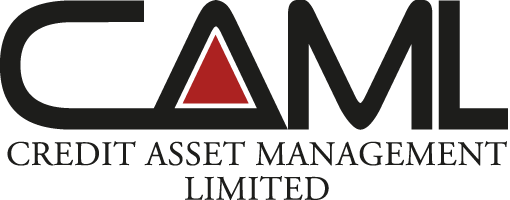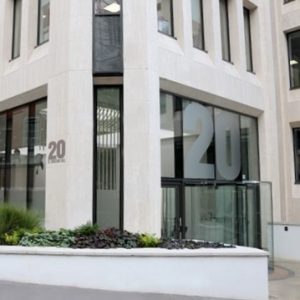One-on-one: The importance of a single point of contact
The pace of technological innovation and advancement is influencing almost all aspects of how we live our lives. At a personal level, it is changing basic pursuits such as how we listen to music and watch our favourite TV shows and at a professional level, everything from how we communicate with colleagues to the management of corporate finances.
However, despite our ever deeper assimilation with technology, when it comes to managing key relationships, it is human connection that most people still value above all else. In few contexts is this truer, than with matters of finance.
In this piece, we look at the reasons why customers value a single point of contact (SPOC) with finance providers, and how such relationships are mutually advantageous over the alternatives.
Trust and Dependability
We’ll start with what is the most powerful argument for a SPOC before we get into the more practical benefits; trust and dependability.
The foundation of any successful relationship is trust, and the greater the trust, the more rewarding the relationship. Trust though, takes time to embed. It requires multiple liaisons where contributing parties have endeavoured to be honest, transparent and good-natured. It is simply not possible to achieve when a customer speaks to a different person each time they contact a company.
Once a healthy rapport is cultivated between two parties, the desire to do the right thing by each other takes on an extra dimension. Levels of disclosure, goodwill and patience are afforded in ways that wouldn’t when the relationship is new and purely transactional. But it’s not just that the relationship becomes ones that it more fruitful, it’s also one that both parties develop a keenness to maintain.
In short, a SPOC creates a relationship that is more productive and longer-lasting.
Speed
Businesses are time-consuming beasts. Each day brings different demands and meeting them all requires as few distractions and delays as possible. The lack of a SPOC means a call to a finance provider can involve running a lengthy gauntlet of hold music, number options, chatbots, transfers and message boxes, with no guarantee you’ll actually get to speak to someone familiar with your case.
The digital revolution has also meant that many finance providers now operate exclusively in the Cloud. That’s all well and good, but what happens when there’s an issue that needs to be sorted now and back and forth emails just won’t cut it?
In both of these circumstances, the only viable alternative is a SPOC. A number you can ring, where a familiar voice answers belonging to a person who immediately accesses your account and begins resolving the issue. It’s a function that no technology can outdo.
Cost
Ultimately, this is what anything in business boils down to. If people are doing something or want to do something a certain way, it’s usually because there’s some kind of financial incentive there.
With a SPOC, that cost is most clearly recouped in the time saved getting hold of a trusted individual who knows your case. An hour listening to hold music and repeating yourself to chatbots, is an hour not spent on revenue generating activity.
However, the financial argument for a SPOC doesn’t just hinge purely on time-saving. Conversations with a trusted contact can lead to all kinds of outcomes that an email exchange or conversation with a random individual never could. Through engaging dialogue with a known SPOC, opportunities and risks are explored which often lead to advantageous diversifications of an account.
Final thought
Technology is improving the way we do business. It’s making processes faster, created new channels of communication, and has opened up entirely new ways of exercising commerce. Behind the binary code, motherboards and servers though, there is often a person who just wants to speak to another person. The provision of a SPOC, therefore, is a powerful one. It is a provision that engenders trust in a brand, saves precious time and presents compelling financial possibilities.







